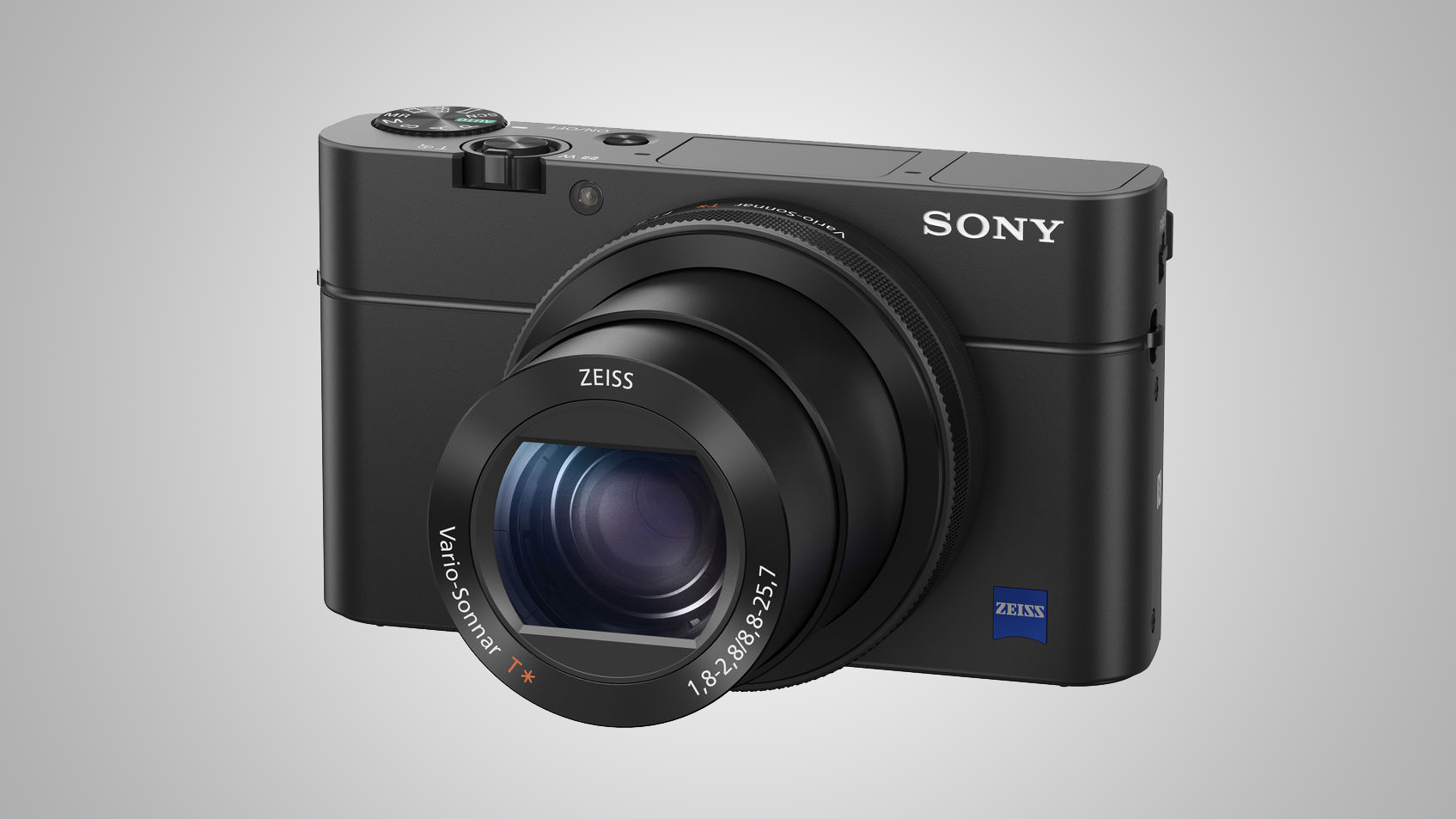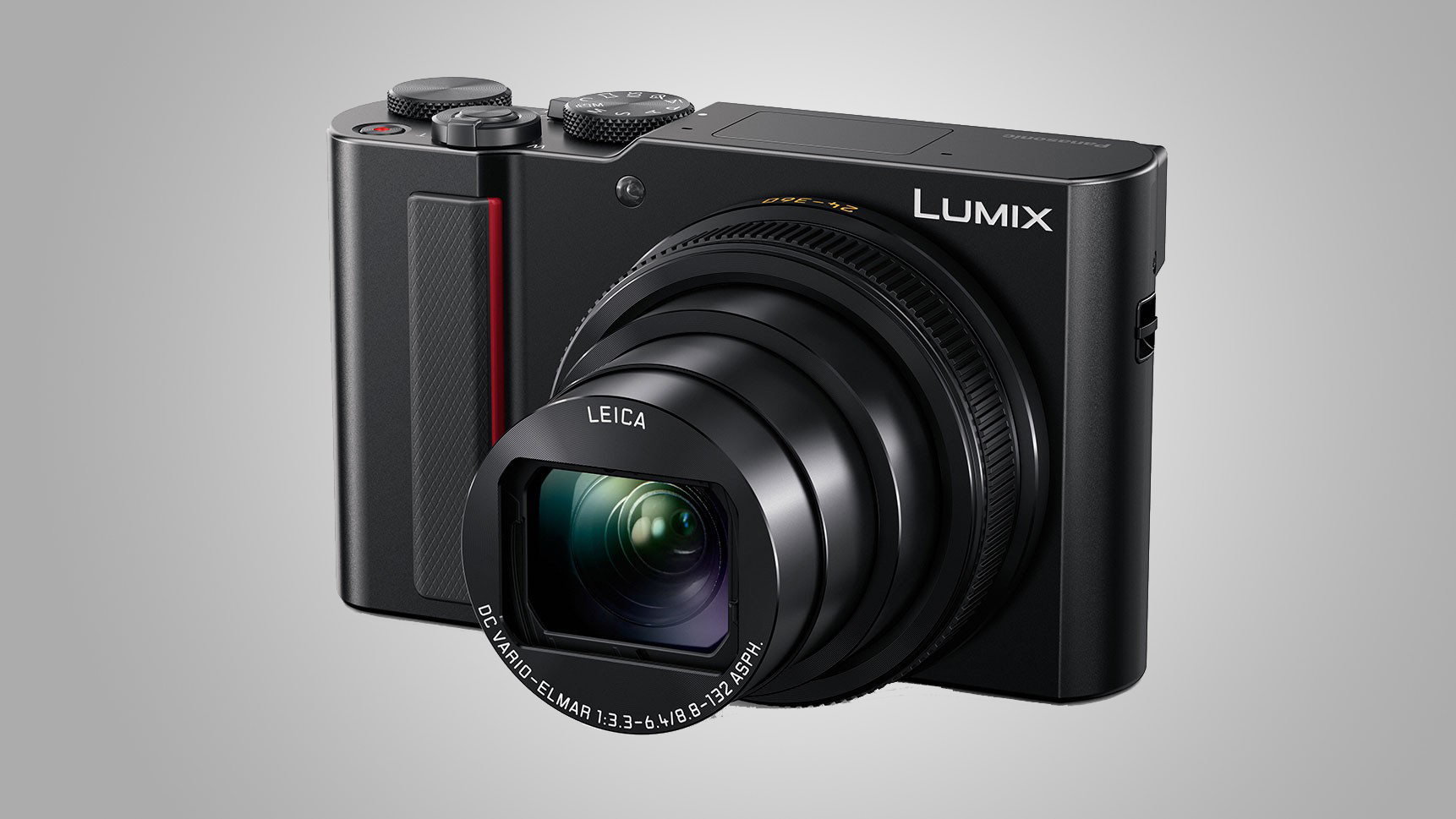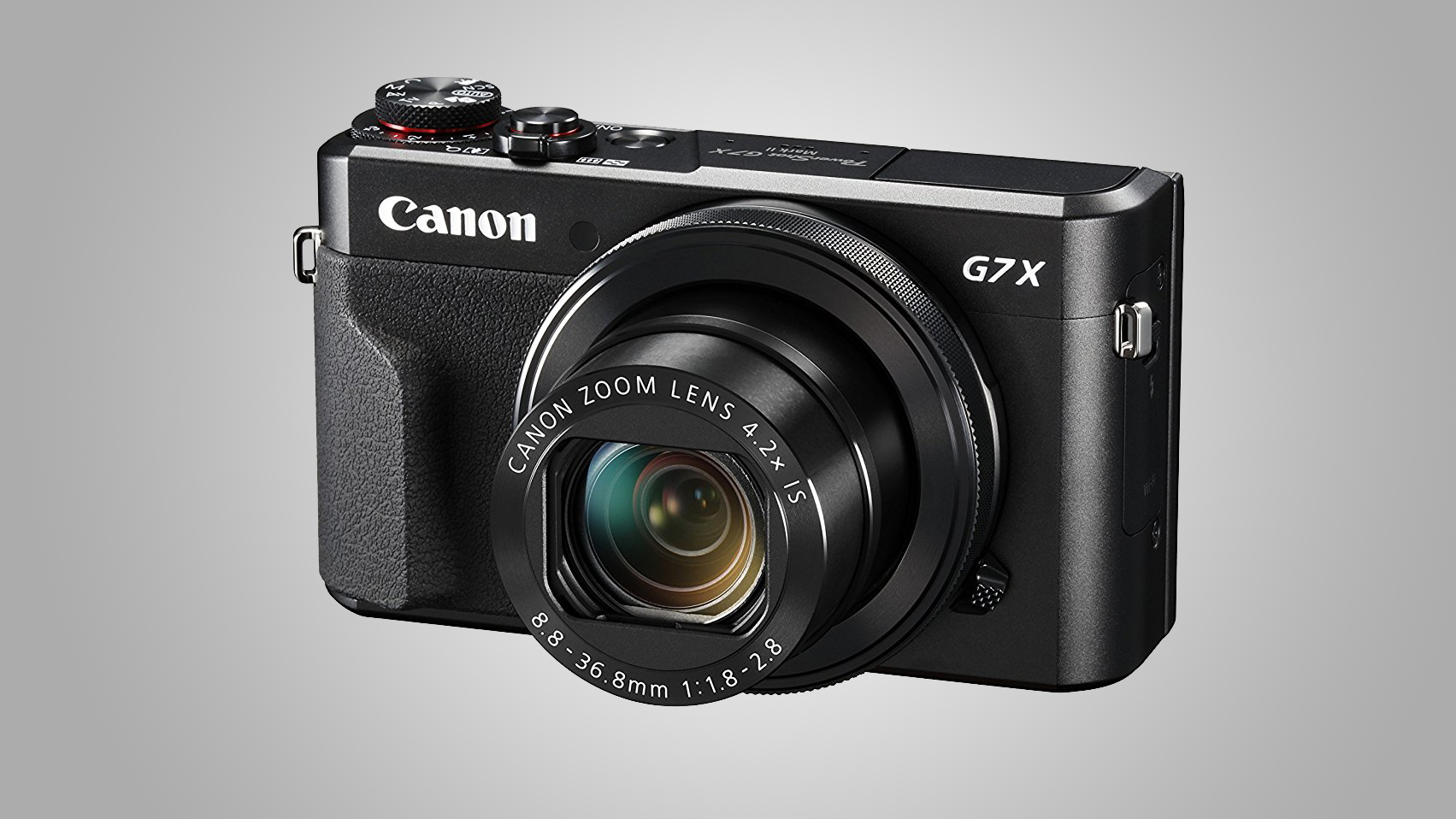Why you can trust TechRadar
Verdict
If you look at the spec sheet for the RX100 VI alone, it pretty much wipes the floor with most of its compact-sized rivals. We don't think there's a more advanced or better specified compact camera out there at the moment.
The trouble is that accessing some of these features, and the wealth of options available, can be a little fiddly. With relatively few body-mounted controls and limited customization options, the RX100 VI can be a bit frustrating to use on occasion. The addition of a touchscreen certainly alleviates some of these frustrations, but compared to more modestly priced rivals like Canon's PowerShot G7 X Mark II and Panasonic's Lumix ZS200 / TZ200, it still feels a bit labored.
The absence of a built-in microphone port is also disappointing, as this could make the RX100 VI a phenomenal vlogging camera; that said, you'd struggle to find another pocket-sized compact that features a built-in mic port.
Going back to the positives, the much greater zoom range opens up a much broader range of subjects, while the fact that the new camera is only 1.8mm thicker than its predecessor is incredibly impressive. Factor in the blistering 24fps burst shooting and highly sophisticated autofocus system and the RX100 VI is an incredibly versatile pocket camera.
Should you buy one? In many ways this is one of the best compact cameras out there – certainly, when it comes to performance there's nothing else that can touch it, while the images from the 20.1MP 1-inch sensor are excellent. But the RX100 VI's strength is also its weakness, with some of the tech that's on tap – and which you're paying a premium for – feeling a little like a sledgehammer for cracking nuts.
Competition

Sony Cyber-shot RX100 IV
Old RX100 cameras don't die – they just shuffle down the range and get cheaper. And while it might not have the same clever 315-point AF system or 24fps burst shooting as the RX100 VI, the RX100 IV is still a very advanced pocket compact, and is now available at an even more tempting price.
Read our in-depth Sony Cyber-shot RX100 IV review

Panasonic Lumix ZS200 / TZ200
The Lumix ZS200 (known as the TZ200 outside the US) is Panasonic's latest travel zoom camera. Like the RX100 VI, it features a 1-inch sensor, but has the luxury of a longer ( though admittedly, slower) 24-360mm zoom lens.
Read our in-depth Panasonic Lumix ZS200 / TZ200 review

Canon PowerShot G7 X Mark II
Canon's second-generation G7 X Mark II sports a 24-100mm f/1.8-2.8 lens, a built-in ND filter and a defined rubber grip that provides superior handling to the RX100 VI. It’s a shame that video recording tops out at Full HD, while there's no built-in EVF or the option to attach one. Almost half the price though.
Read our in-depth Canon PowerShot G7 X Mark II review
Sign up for breaking news, reviews, opinion, top tech deals, and more.

Phil Hall is an experienced writer and editor having worked on some of the largest photography magazines in the UK, and now edit the photography channel of TechRadar, the UK's biggest tech website and one of the largest in the world. He has also worked on numerous commercial projects, including working with manufacturers like Nikon and Fujifilm on bespoke printed and online camera guides, as well as writing technique blogs and copy for the John Lewis Technology guide.
